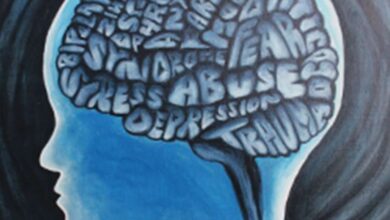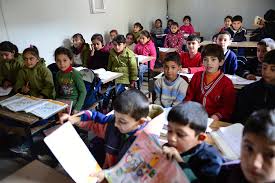The Impact of Classroom Management on Student Behavior

Classroom management is an essential part of any learning environment. It refers to the strategies and techniques teachers use to create a conducive learning environment, engage students, and promote positive behaviors. Effective classroom management can positively impact student behavior, leading to improved academic performance and overall well-being. This article discusses the impact of classroom management on student behavior and explores various strategies teachers can use to create a positive learning environment.
Introduction
The introduction sets the tone for the article and provides background information on classroom management and student behavior. This section should highlight the importance of classroom management and its impact on student behavior.
The Importance of Classroom Management
This section explores the reasons why classroom management is crucial for teachers and students. It highlights how effective classroom management can lead to improved academic performance, better student-teacher relationships, and a positive learning environment.
The Impact of Classroom Management on Student Behavior
This section delves into the impact of classroom management on student behavior. It discusses how a positive learning environment can promote positive behaviors, such as increased engagement, improved attitudes toward learning, and reduced disruptive behaviors.
Strategies for Effective Classroom Management
This section provides practical strategies that teachers can use to create a conducive learning environment. It explores various classroom management techniques, such as setting clear expectations, establishing routines and procedures, and reinforcing positive behaviors.
Setting Clear Expectations
This subsection discusses the importance of setting clear expectations for student behavior and academic performance. It highlights how clear expectations can lead to improved student behavior and reduced disruptive behaviors.
Establishing Routines and Procedures
This subsection explores the importance of establishing routines and procedures in the classroom. It discusses how routines can promote a sense of structure and predictability, leading to improved student behavior and engagement.
Reinforcing Positive Behaviors
This subsection highlights the importance of reinforcing positive behaviors in the classroom. It explores various positive reinforcement techniques, such as praise, rewards, and recognition, that can encourage students to exhibit positive behaviors.
The Role of Teachers in Classroom Management
This section discusses the role of teachers in classroom management. It highlights the importance of teacher-student relationships, effective communication, and empathy in promoting positive student behavior.



